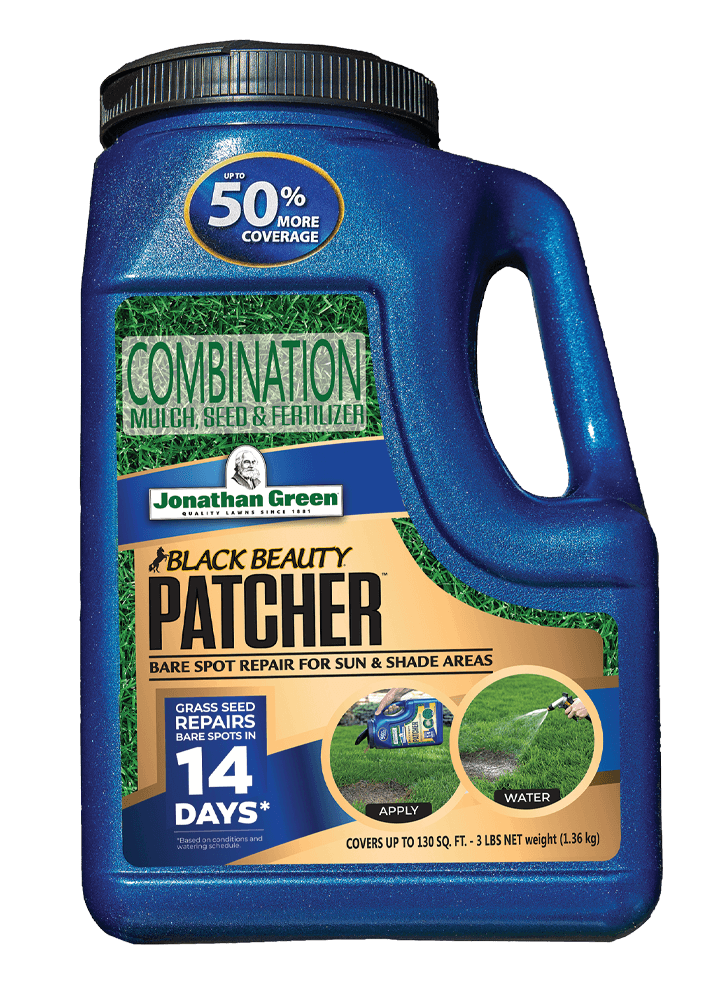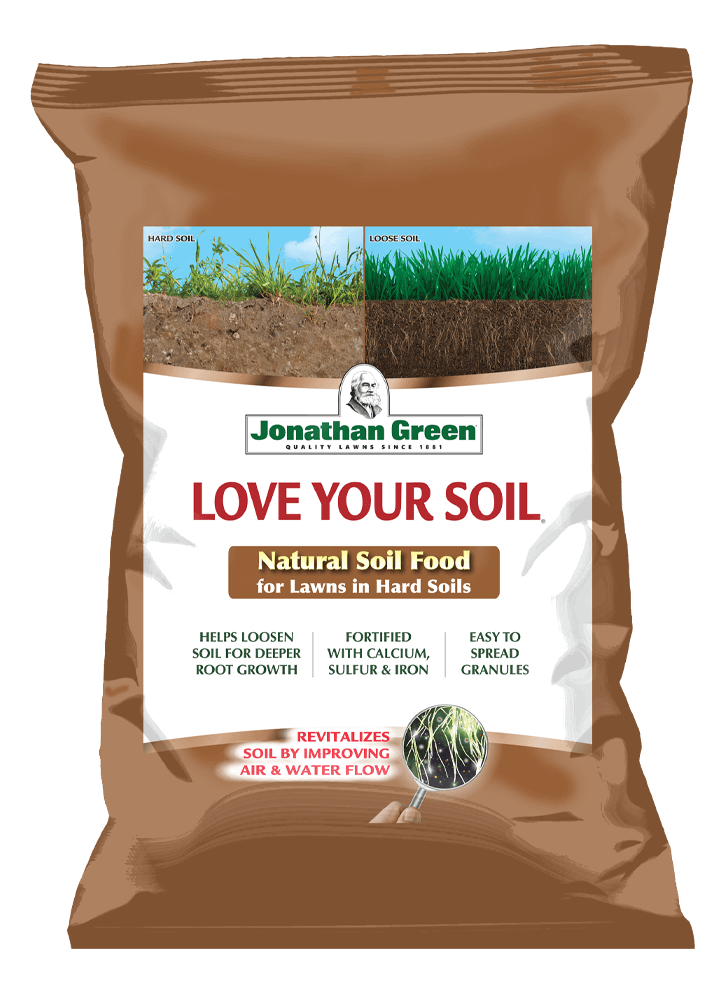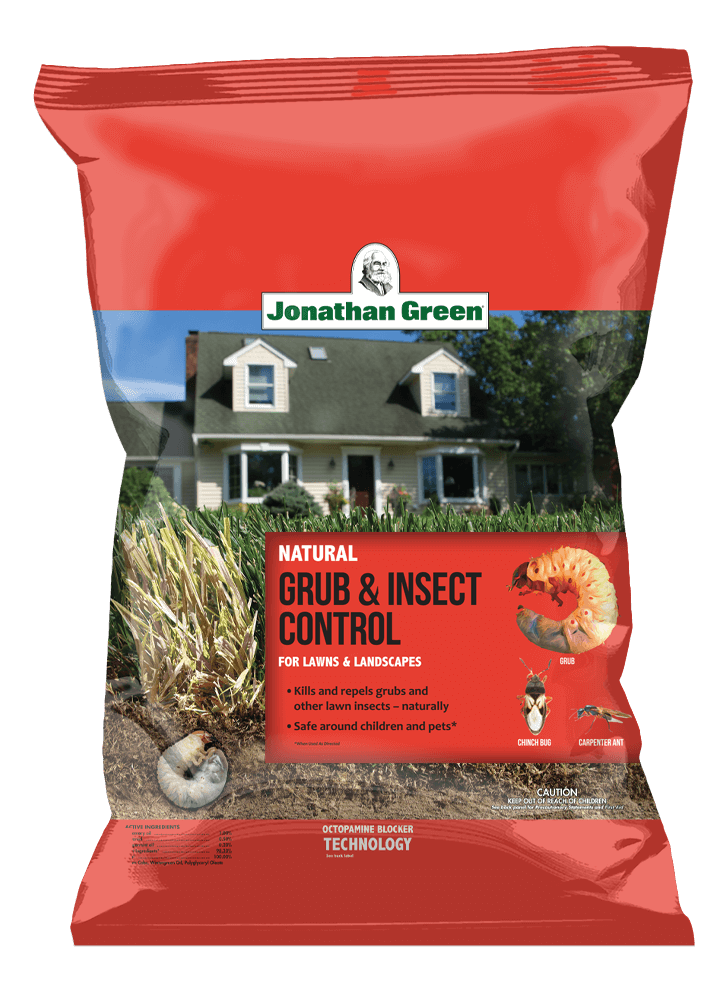Brown spots in the lawn, what are they?
Summer weather can play havoc with your lawn. Sometimes many brown spots appear and it is hard to identify just what has gone wrong. It is important to use a logical process of elimination when trying to identify lawn problems. Let’s explore some of the possibilities.
The first possibility of brown spots on the lawn could be a result of heat and drought stress. Obviously during summer months if we experience several weeks with little rainfall or supplemental irrigation along with excessive temperatures, your lawn can be forced into a “dormancy” stage like a hibernating bear in winter. Cool-season grasses will “shut-down” in an attempt to survive these stress periods in order to stay alive. The grass tends to stop growing and stops the photosynthesis process in order to put all of their energy into surviving. The way to prevent this is a sound fertilizing plan in the spring along with a proper watering program to develop a deeper root system. Less frequent and longer waterings encourage grass roots to grow deeper to help aid in survival periods of drought.
Do you have a dog or frequent dog walkers on your street? The heat and drought of summer enhances the effect of dog spots even more. The solution, water the spot after number 1 and apply some Love Your Soil on the area to neutralize the salts in the urine, re-seed it necessary. We recommend using our Black Beauty® Patcher Lawn Bare Spot Repair to repair dog spots. Clean up after number 2 and try your best to keep the neighbor’s dogs off of your lawn.
Did you or your mowing service spill any gasoline on the lawn? This surely will kill the grass. Scratch out the dead grass, apply some new topsoil and re-seed these areas with Black Beauty Ultra grass seed. Did you mow your lawn too short for the hot, summer weather? It is best to raise your mowing height in summer to three inches or more to preserve water in the grass blades. The higher cutting height correlates to deeper roots to help the lawn survive stress periods better. Mowing the grass too short can stress the grass plants. Remember to mow just 1/3 of the blade height off each time you cut.
If you have not fertilized your lawn this year or only one time since spring, your lawn may start to turn “off-color” since it is hungry for some food. It is best to not fertilize the lawn during hot and dry periods, but consider feeding with an organic lawn fertilizer like Jonathan Green Organic Lawn Fertilizer for a slow, gentle feeding and water in after application. Sometimes lawns turn brown when too much broadleaf weed controls are applied or when it is too hot and dry. Whether you are applying a granular weed and feed or liquid weed control; read the label and do not apply if temperatures are over 85 degrees, during drought periods or times with excessive humidity.
Lawn fungus can be expressed in many different “brown-spot” ways. During summer months diseases like summer patch, brown patch and dollar spot are most prevalent. Rather than try to describe what these look like it is best to go online and search for lawn fungus pictures. This will help you to best identify what fungus you may have and then apply the appropriate fungicide for control. Be sure you have a lawn fungus before you apply a treatment or you are wasting money. If you determine that your lawn is suffering from fungus damage apply Jonathan Green Lawn Fungus Control and water in after applying.
What about grub and chinch bug damage? Chinch bugs suck the juices out of the crown of grass plants causing the grass to die. They can be identified by opening the top and bottom of a coffee can and pushing it one inch into the grass where chinch bugs may be present. Fill the can with 3-4 inches of water and if chinch bugs are present they will float to the top of the water line. Grubs are easier to identify, particularly when the lawn rolls back easily exposing the grubs in the soil. Monitor your lawn and landscape beds for grubs and apply the appropriate treatment. If you find evidence of grubs use Jonathan Green Natural Grub & Insect Control and water in after applying. If chinch bugs are found in the lawn apply Jonathan Green Organic Insect Control. Do not water this product in after applying. Like fungus above, do not apply controls unless you have identified that grubs or chinch bugs are present.
Now it’s time to go the beach or in the pool, enjoy summer!





